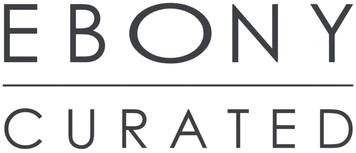'Terrain' - Group Exhibition
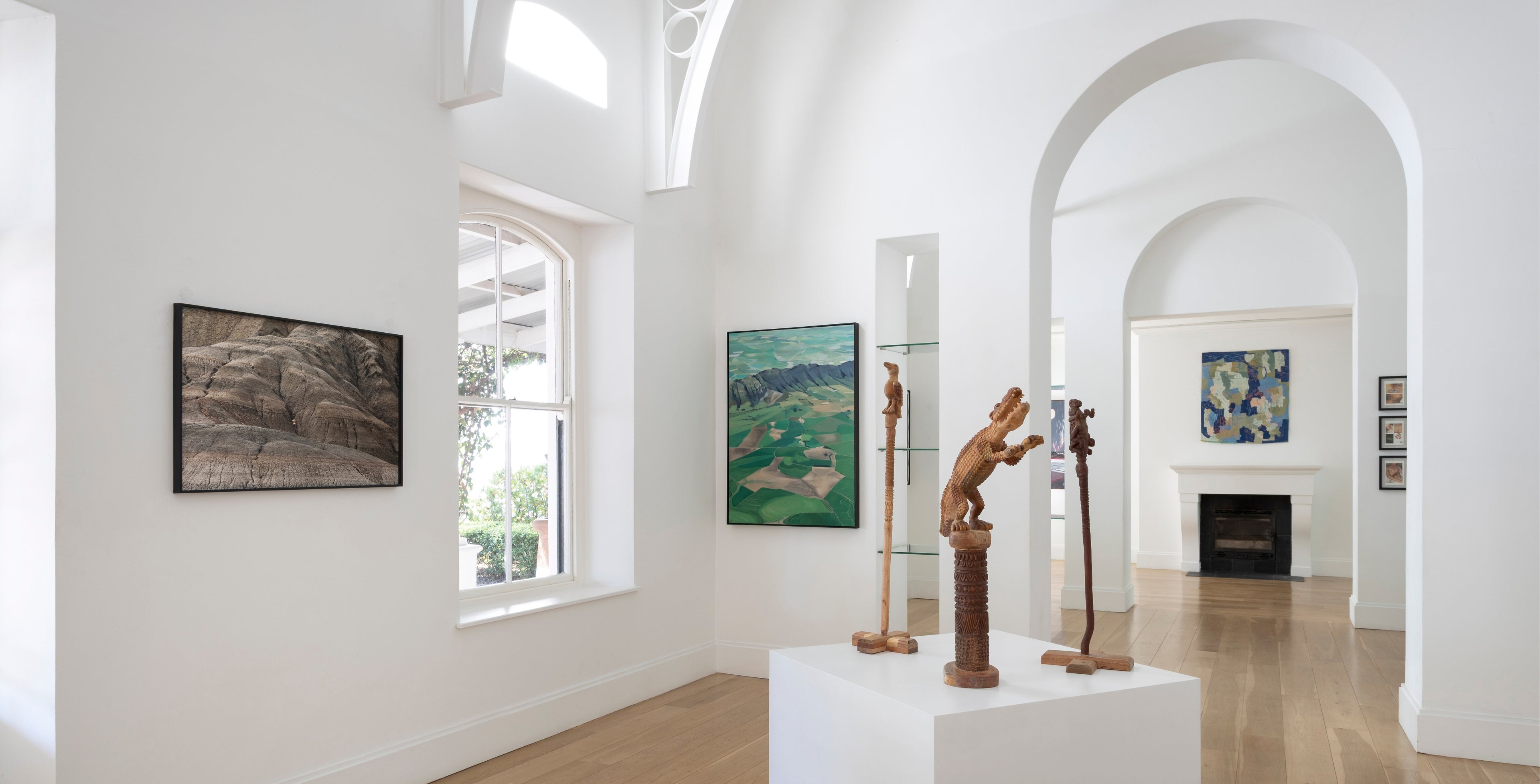
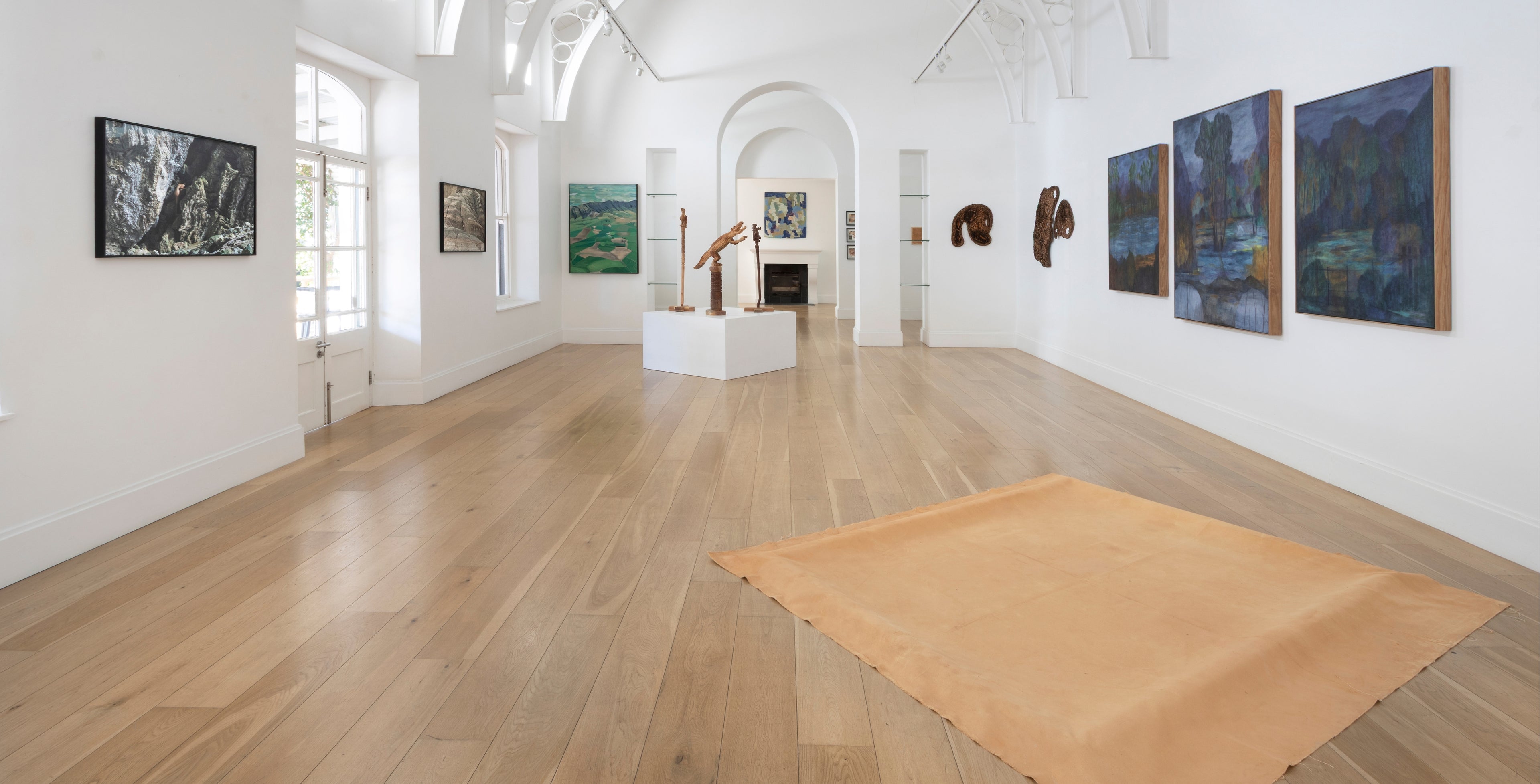
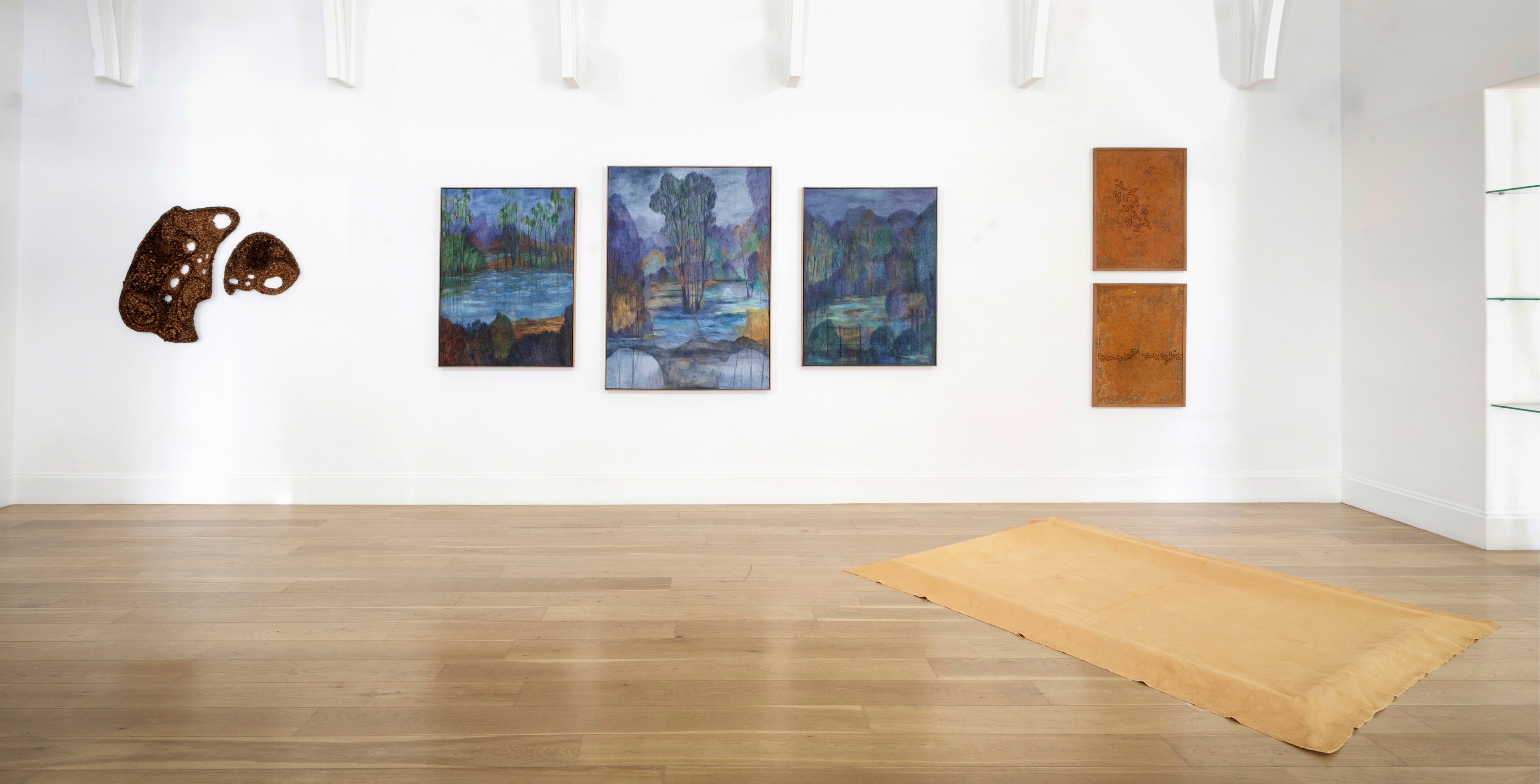
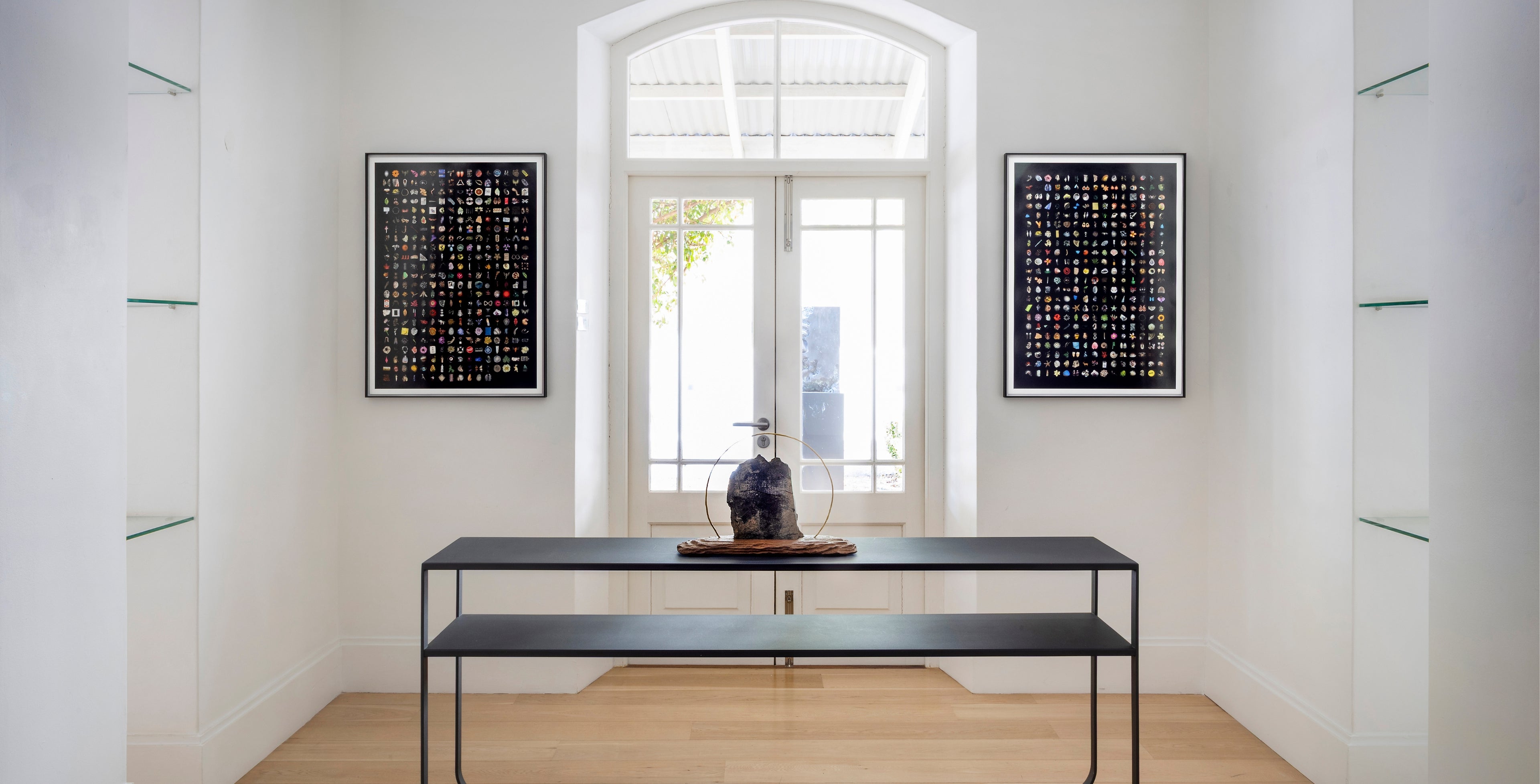
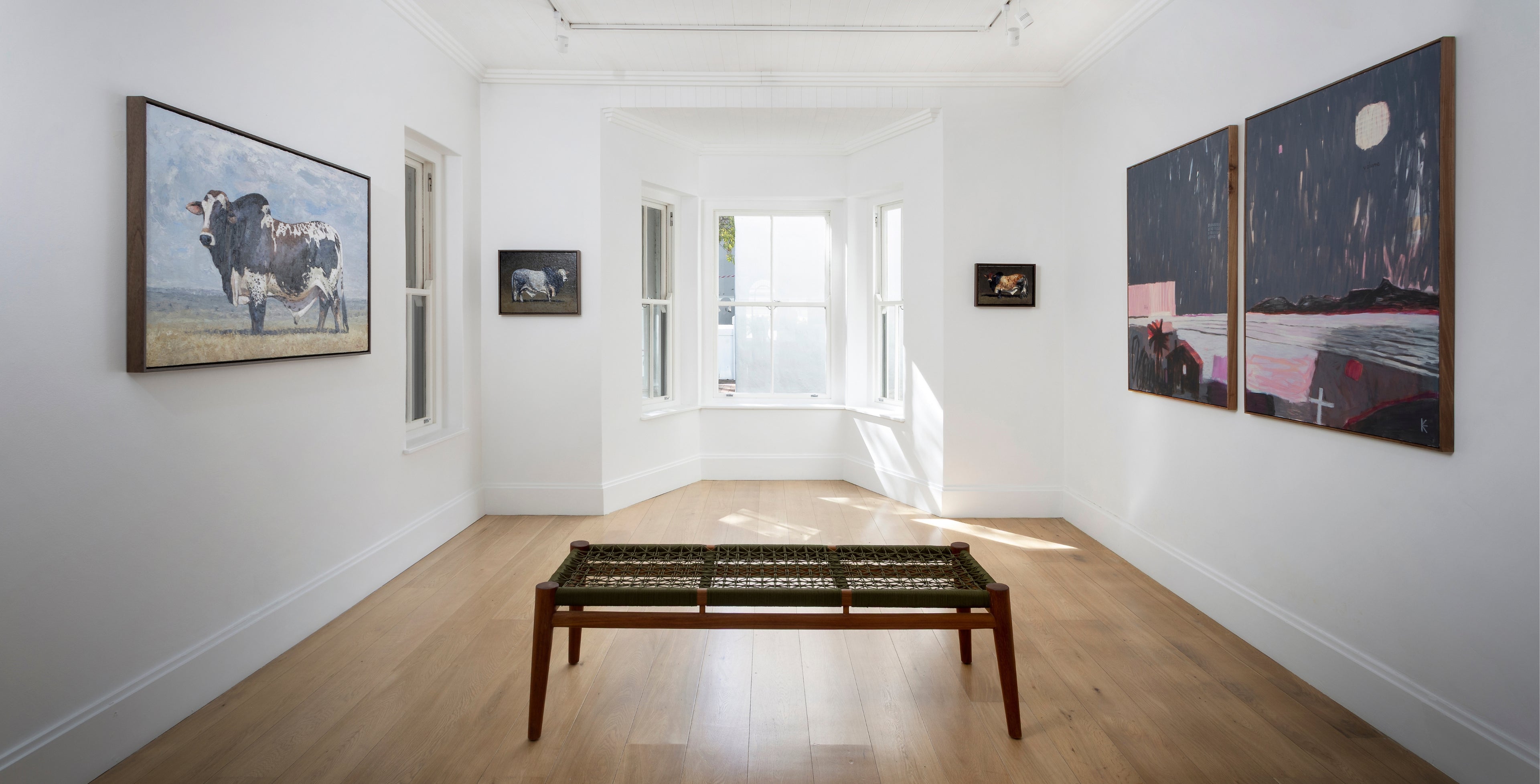
Collection: 'Terrain' - Group Exhibition
Terrain
10.05.25 - 21.06.25
Participating Artists: Andrew Barlow, Craig Cameron-Mackintosh, Feni Chulumanco, Yonela Doda, Karen Elkington, Ulriche Jantjes, Thami Kiti, Yonela Makoba, Tinyiko Makwakwa, Rentia Retief, Amy Rusch, Catriona Towriss, Mary Visser, Mishal Weston and Ismail Yilmaz.
In an era marked by immediacy and ecological precarity, Terrain invites us to consider the ground beneath our feet, not just as soil or territory, but as story, body, and belief. Featuring the work of 15 artists, this exhibition begins with a simple premise: that land is not inert. It breathes, remembers, and resists. Terrain challenges the dominant view of land as passive and inexhaustible, instead presenting her as a living, responsive presence- shaped by and shaping human experience.
Here, landscape is not a backdrop. It is agent, archive, and witness. It bears the imprint of human presence- rituals embedded in earth, languages dispersed across geographies, borders drawn and redrawn. These active geographies, shift under the weight of migration, conflict and erosion- physical and cultural.
Yonela Makoba’s Deathscape engages with themes of ritual and memory with a material sensibility firmly rooted in place. Central to the work is the use of thousand-year-old clay sourced from District Six- an enduring symbol of cultural resilience and the trauma inflicted on communities through apartheids’ brutal architecture of displacement- the work is textured with both ancestral presence and political rupture. Interwoven with the ash of Imphepho, a sacred medicinal plant indigenous to the Cape and appropriated in Western spirituality as ‘South African Sage’- the work becomes a vessel of mourning and fortification. Clinging to the fine mesh substrate like memory to skin: fragile, persistent, unresolved, Deathscape performs an act of reclamation, invoking ancestral breath and the irrepressible pulse of place.
Terrain is never neutral. It is sculpted by power, ownership, and the legacies of colonialism and capitalism. The global commodification of land through privatisation, extraction, and urban sprawl continues to displace communities and unravel ecosystems. In this context, reimagining our relation to the land through cultural practice, conservation, or artistic expression is an act of resistance- a war cry for rootedness and belonging.
In Witness Bank, Sedimentary Wayfinding, Amy Rusch weaves together ecological reflection and echoes of evolution through a delicate interplay of found plastic bags and thread. Working with sediment gathered during the cleaning of artefacts at the Klasies River Mouth- one of the oldest known early human archaeological sites- Rusch transforms its granular residue into bead-like forms that guide the stitching of time into synthetic matter. By embedding ancient sediment within a material emblematic of modern excess, Rusch collapses temporal boundaries, confronting the viewer with the uneasy coexistence of deep human history and contemporary environmental degradation. The work becomes a quiet act of witnessing: a tactile meditation on sustainability, loss, and the layered stories held within the many layers of our tilled soil.
This material witnessing of what endures and what is lost extends inwards to the internal geographies of body, identity, and transformation. Like the earth, the body is marked by cycles of erosion and renewal, subject to external forces, yet capable of regeneration. Here, Terrain becomes a site of personal and political negotiation: a place where autonomy, vulnerability, and resilience are continuously asserted and redefined. The body, like the land, is marked by thresholds and fault lines. It carries scars, resists occupation, and regenerates. It becomes a site where politics are lived and felt, not just theorised.
Incorporating bodily remnants- extracted teeth and nail clippings- into layered collages that stitch together body’s in dis-ease, Yonela Doda engages with processes aligned with Catharsis Theory by invoking acts of purging, cleansing, and confrontation. Her work interrogates the body’s capacity to hold and perform, while exploring how bodies are encountered, welcomed, or excluded. In doing so, Doda examines the persistent visibility of the body in self-representation- its capacity to fragment and become ‘other’. These visceral assemblages do not seek to sanitise violence or discomfort, but rather make space for them as part of a broader healing encounter with the self.
Each artist articulates their own methodology for situating the self within the landscape. Ismail Yilmaz confronts this relationship with arresting clarity in his self-portrait series Returning Home, which offers a soft surrender by placing his unclothed body in direct communion with the stone that cradles it. In this gesture, the boundary between the human and the geological begins to blur, suggesting a longing for permanence within the fleeting vessel of the body.
Terrain is not a singular place but a shifting field of relation. What we stand on, what we inherit, what we carry.
It is the earth, the body, the threshold. All that lies beneath, rises up, and remains.
Works on exhibition
-
Returning Home 44 | Ed. 2 of 5
Vendor:Ismail Yilmaz (1989- )Regular price R 57,500.00Regular priceUnit price / per -
Returning Home 1 | Ed. 2 of 4
Vendor:Ismail Yilmaz (1989- )Regular price R 69,000.00Regular priceUnit price / per -
Deathscape I
Vendor:Yonela Makoba (1993- )Regular price R 12,650.00Regular priceUnit price / per -
Lifescape I
Vendor:Yonela Makoba (1993- )Regular price R 12,650.00Regular priceUnit price / per -
A Genealogical Recital
Vendor:Tinyiko Makwakwa (1984 - )Regular price R 80,500.00Regular priceUnit price / per -
Writing into the Unknown
Vendor:Tinyiko Makwakwa (1984 - )Regular price R 80,500.00Regular priceUnit price / per -
 Sold
SoldBack Yard Rooms
Vendor:Feni Chulumanco (1994- )Regular price R 86,250.00Regular priceUnit price / per -
The Red Bull
Vendor:Andrew Barlow (1970- )Regular price R 24,150.00Regular priceUnit price / per -
The Brahman
Vendor:Andrew Barlow (1970- )Regular price R 43,700.00Regular priceUnit price / per -
Boran Bull
Vendor:Andrew Barlow (1970- )Regular price R 86,250.00Regular priceUnit price / per -
Ecclesiastes III (A Time For Everything)
Vendor:Yonela Doda (1998 - )Regular price R 7,475.00Regular priceUnit price / per -
Anthropocene 2021 | Edition of 5, 1 AP
Vendor:Mishal Weston (1988 - )Regular price R 23,000.00Regular priceUnit price / per -
Anthropocene 2017-18 | Edition of 5, 1 AP
Vendor:Mishal Weston (1988 - )Regular price R 23,000.00Regular priceUnit price / per -
 Sold
SoldSo Far, So Good
Vendor:Craig Cameron-Mackintosh (1987- )Regular price R 80,500.00Regular priceUnit price / per -
When No One Is Around
Vendor:Rentia Retief (1992- )Regular price R 20,700.00Regular priceUnit price / per -
Salt Slope
Vendor:Mary Visser (1971- )Regular price R 57,500.00Regular priceUnit price / per -
 Sold
SoldSwimming Channel
Vendor:Mary Visser (1971- )Regular price R 88,550.00Regular priceUnit price / per -
Junior's Day Off
Vendor:Feni Chulumanco (1994- )Regular price R 86,250.00Regular priceUnit price / per -
On the Rooiberg Stoep Where the Sky Danced Too Quickly for Our Feet
Vendor:Rentia Retief (1992- )Regular price R 28,750.00Regular priceUnit price / per -
15mins of Silence | District Six
Vendor:Yonela Makoba (1993- )Regular price R 54,050.00Regular priceUnit price / per -
Colossians 2:13-15
Vendor:Yonela Doda (1998 - )Regular price R 9,200.00Regular priceUnit price / per -
There’s Heaven all Around Me
Vendor:Yonela Doda (1998 - )Regular price R 7,475.00Regular priceUnit price / per -
Life In Volume
Vendor:Karen Elkington (1963- )Regular price R 57,500.00Regular priceUnit price / per -
The Spaces in Our Togetherness
Vendor:Catriona Towriss (1987 - )Regular price R 84,525.00Regular priceUnit price / per -
Witness Bank, Sedimentary Wayfinding
Vendor:Amy Rusch (1990- )Regular price R 227,700.00Regular priceUnit price / per -
Njinji Intake Yasemanzini - Lulwaluko
Vendor:Thami Kiti (1968 - )Regular price R 29,900.00Regular priceUnit price / per -
Inthethe Iyathaka Phaya Phezulu
Vendor:Thami Kiti (1968 - )Regular price R 29,900.00Regular priceUnit price / per
More exhibitions
-

'The Flowers on the Crown of the King' - Wole Lagunju
The Flowers on the Crown of the King Wole Lagunju 05.02.25 -...
-

'Incognito' - Richard Templeton Smith
Incognito Richard Templeton Smith 19.03.25 - 26.04.25 Richard Templeton Smith’s new solo...
-

EXPO Chicago 2025
Expo ChicagoBooth 10124 - 27 April 2025Navy Pier Chicago Participating Artists: Hugh...
